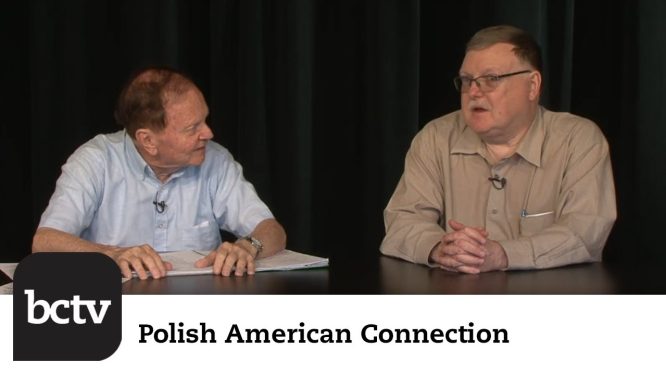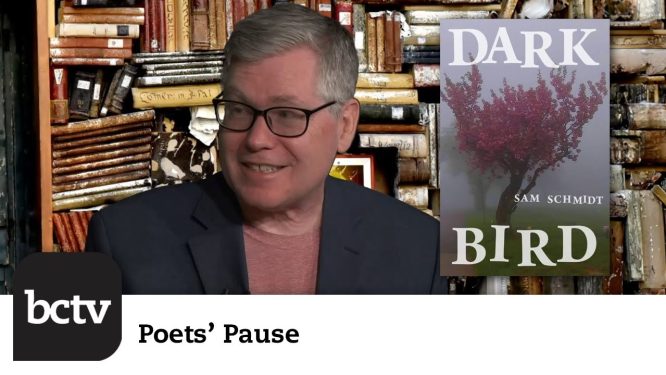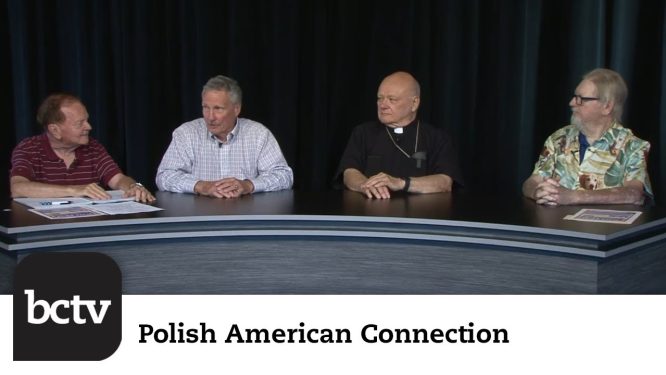Shirley Trusty Corey once said, “The arts must be considered an essential element of education…They are tools for living life reflectively, joyfully and with the ability to shape the future.” The fine arts include music, theater, drawing, painting, or sculpture and have been in education curriculum since the 19th century and have been shown to have a great impact on students. Unfortunately, to schools, the fine arts are not considered the “money-maker,” but instead sports. After the Great Recession, many schools had budget cuts, and their art programs were the first to go with the belief that the loss of the arts wouldn’t be as crucial. There are many benefits to having fine arts classes in school, as Plato and others who have studied education have emphasized the importance of art in education.Having fine art classes within the entirety of the education system is essential to making us as humans complete. We surround ourselves with art every day whether it’s listening to music, or physically participating in interaction with a specific art form, for example, painting. To deepen our understandings of fine arts has the power to improve students in many areas of themselves. Fine arts improves and encourages kids creativity, confidence, and perseverance which is essential to a child’s growth. Also, develop academic skills, motor skills, visual learning, decision-making, focus, collaboration, and accountability. As the arts are enjoyable for many students, they are also shown to be an essential role in the fundamental development of a child. “A report by Americans for the Arts states that young people who participate regularly in the arts (three hours a day on three days each week through one full year) are four times more likely to be recognized for academic achievement, to participate in a math and science fair or to win an award for writing an essay or poem than children who do not participate,” says PBS.’ (Martin, 2014)In multiple ways fine arts education can be beneficial to the fundamental growth of a student. Outside of improvement of skills what about giving students that aren’t athletes a safe place that they can express themselves? Athletes find their place and peace in sports, as artists and creators find their peace in art. Taking art out of a school’s curriculum is not only cutting out relevant information, but it is also taking away the “happy place” for artists and not athletes. “I went through a lot of personal development from the ages 12-13. Being popular was extremely crucial to me at the time, and everyone knew the popular people were either football players or cheerleaders. I pushed so hard to be someone I wasn’t just to fit in, and it was theatre that helped me through this and found who I was. I found my place and peace in the arts. I truthfully don’t know where I would be without doing theatre shows in middle school and high school.” says Aeriell Hartshorne-Hesketh Acting senior major at SUNY Purchase. Every child does not have that the opportunity to pursue extra activities outside of school, and only focusing on gym class and general education courses do not allow the student try different things and flourish at what they love.Whether music, theater, drawing, painting, or sculpture, these forms are what help shape the children of our future and help them pursue what they love. It is important that these classes being taught are not being done in a ‘half-performed’ way, but with the right tools and the right teachers. Education Funding Partners is working to keep the arts in education and they want you to reach out to give more students a more well-rounded education. Head over to edufundingpartners.com to find out more!
The Importance of Fine Arts in Education





